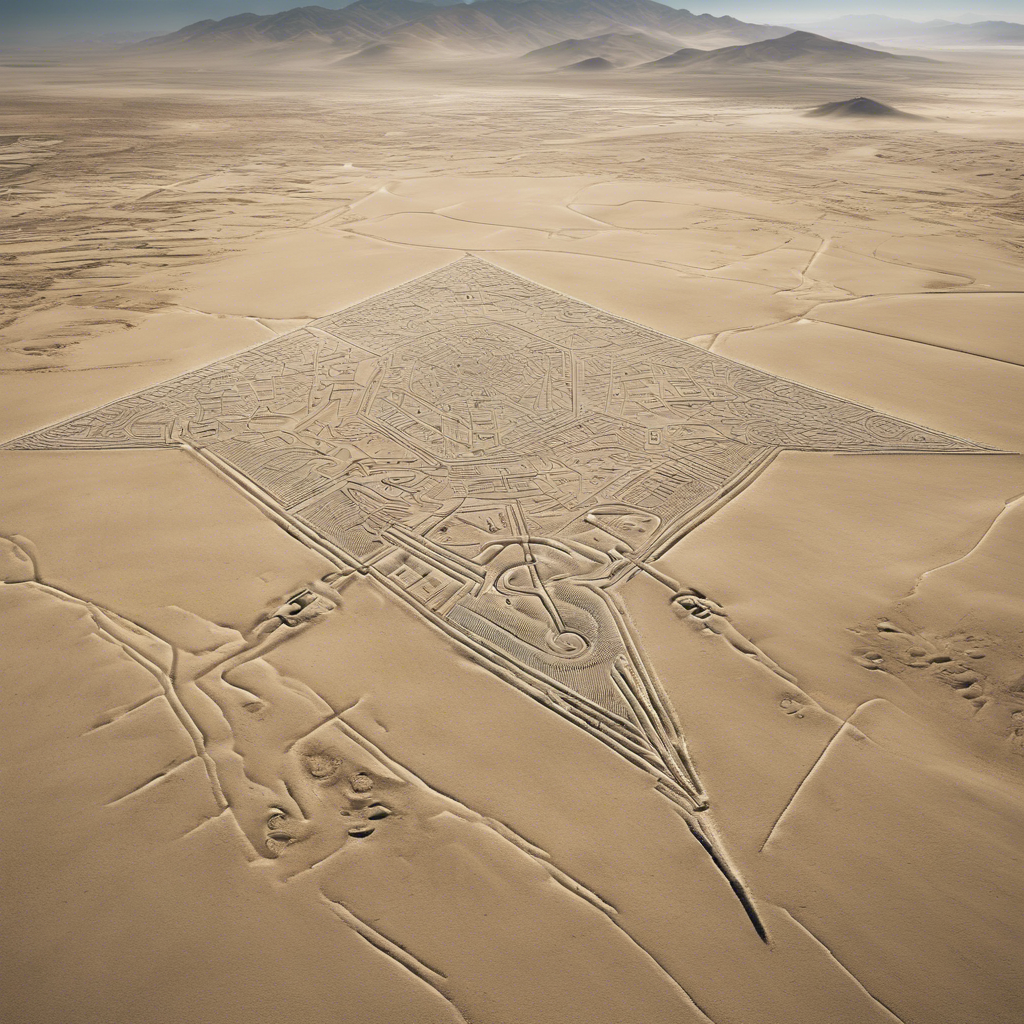AI Uncovers 303 New Geoglyphs in Peru's Nazca Desert

A dedicated group of archaeologists from Yamagata University, collaborating with a colleague from Université Paris and two AI researchers from the IBM Thomas J. Watson Research Center, have employed an AI model to uncover additional geoglyphs on the floor of Peru's Nazca Desert. Their findings are detailed in a study published in the Proceedings of the National Academy of Sciences, where the researchers developed an AI model that can detect faint geoglyphs hidden within the natural landscape of the Nazca Pampa by analyzing images taken by drones. For over a century, scholars, including archaeologists and historians, have been fascinated by the geoglyphs etched into the desert ground in Nazca, Peru. These enormous designs can typically be viewed in their entirety only from a significant height, such as from a mountain or an aircraft. Research has established that these geoglyphs were crafted by the Nasca culture between 200 BCE and 700 CE by moving stones or pebbles or scraping the earth, resulting in what we now call geoglyphs. Before this latest study, a total of 430 geoglyphs had been discovered and documented in Peru, although the discovery rate of new ones has diminished. Researchers believe that numerous others remain hidden, but the search for them has been challenging due to their size and visibility. For this new investigation, the Japanese team sought assistance from AI specialists at IBM to enhance their search efforts.
Together, they developed an AI application that can identify geoglyphs from aerial images of the desert floor, regardless of how faint the markings may be. After training the model with images of previously known geoglyphs, the researchers used it to search for additional patterns. They successfully identified 303 new geoglyphs, which they confirmed through site visits conducted by human experts. As anticipated, many of the lines in the newly discovered geoglyphs were faint, but the researchers managed to interpret the images, which primarily depicted humans and domesticated animals, along with some abstract forms, including a knife-wielding killer whale. The team intends to continue employing the AI application to search for further examples of this ancient art. © 2024 Science X Network
Brief news summary
A research team from Yamagata University, in partnership with Université Paris and IBM AI experts, has made a significant advancement in archeology by utilizing artificial intelligence to discover new geoglyphs in Peru's Nazca Desert. Their findings, published in the *Proceedings of the National Academy of Sciences*, focus on geoglyphs created by the Nasca culture between 200 BCE and 700 CE. Initially, 430 geoglyphs were known, but identifying new ones posed challenges. To overcome this, the researchers developed an AI-driven application to detect subtle patterns in drone imagery. By training the AI model on established geoglyphs, they successfully identified 303 new designs, which include various animal forms and abstract patterns. This application represents a significant advancement in the study of geoglyphs. The team intends to continue leveraging this technology in future research, with the goal of enhancing our understanding of these extraordinary ancient artworks.
AI-powered Lead Generation in Social Media
and Search Engines
Let AI take control and automatically generate leads for you!

I'm your Content Manager, ready to handle your first test assignment
Learn how AI can help your business.
Let’s talk!

Tether’s USDT Launches on Kaia Blockchain, Expand…
Stablecoin issuer Tether has announced the deployment of its native USDT stablecoin on the Kaia blockchain, a Layer 1 network launched in August 2024.

Elton John and Dua Lipa seek protection from AI
Dua Lipa, Sir Elton John, Sir Ian McKellen, Florence Welch, and over 400 other British musicians, writers, and artists have urged Prime Minister Sir Keir Starmer to update copyright laws to protect creators from the misuse of their work by artificial intelligence (AI).

Blockchain's Role in Financial Inclusion Initiati…
Blockchain technology is increasingly recognized as a powerful tool for advancing financial inclusion globally, particularly for unbanked and underserved populations who lack access to traditional banking.

AI hallucinations are getting worse – and they're…
AI chatbots from leading tech firms like OpenAI and Google have been receiving reasoning improvements in recent months to enhance answer reliability.

Blockchain in Healthcare: Securing Patient Data
The healthcare industry is undergoing a major transformation by adopting blockchain technology to improve the security and management of patient health records.

Pope Leo XIV lays out his vision and identifies A…
VATICAN CITY (AP) — On Saturday, Pope Leo XIV outlined the vision for his papacy, highlighting artificial intelligence (AI) as a crucial challenge facing humanity and pledging to continue key priorities set by Pope Francis.

The Blockchain Group accelerates its Bitcoin Trea…
Puteaux, May 9, 2025 – The Blockchain Group (ISIN: FR0011053636, ticker: ALTBG), listed on Euronext Growth Paris and recognized as Europe’s first Bitcoin Treasury Company with subsidiaries specializing in Data Intelligence, AI, and decentralized technology consulting and development, is advancing its Bitcoin Treasury Company strategy.

 Auto-Filling SEO Website as a Gift
Auto-Filling SEO Website as a Gift








 Auto-Filling SEO Website as a Gift
Auto-Filling SEO Website as a Gift

